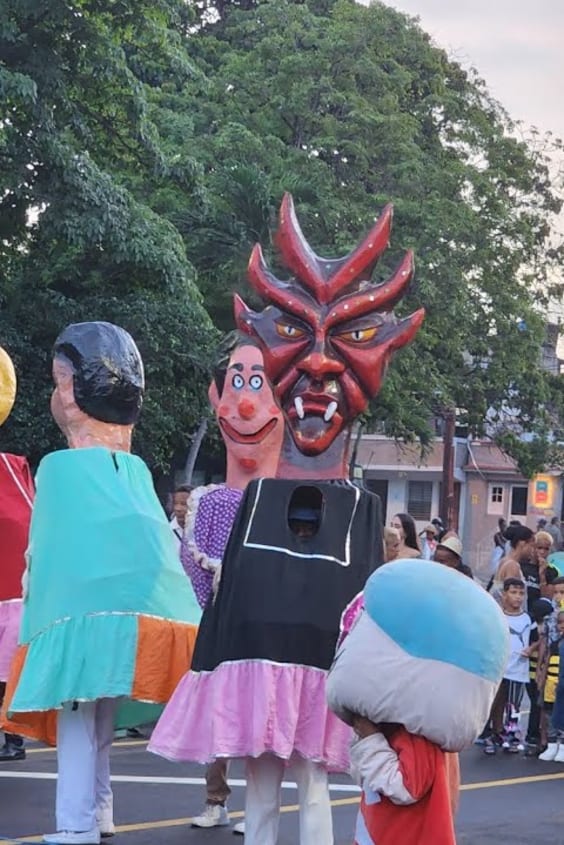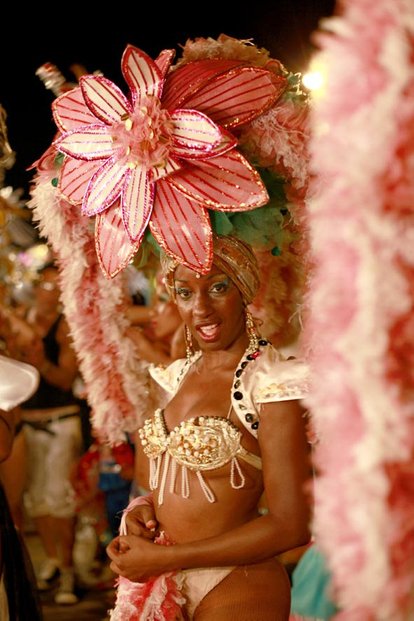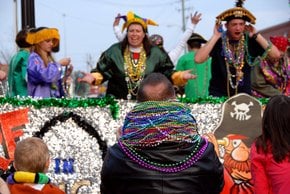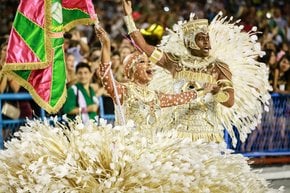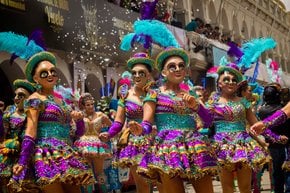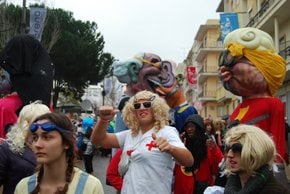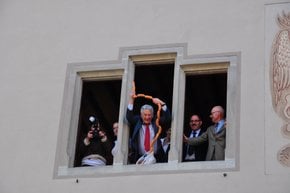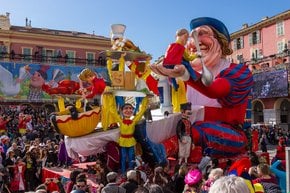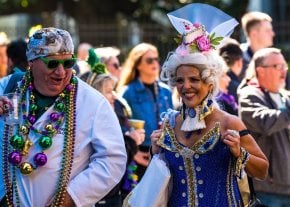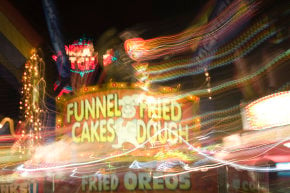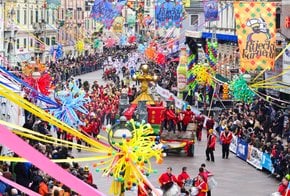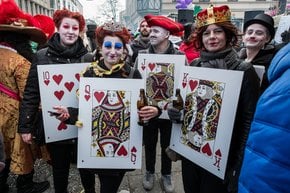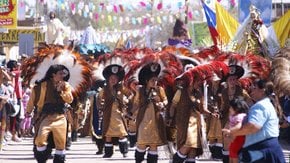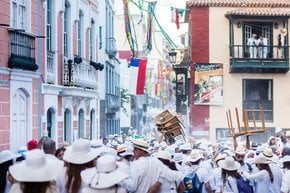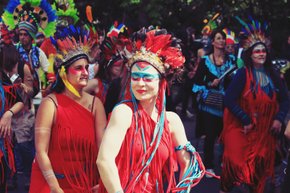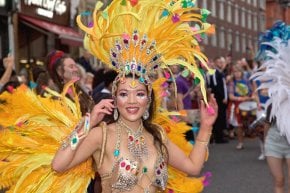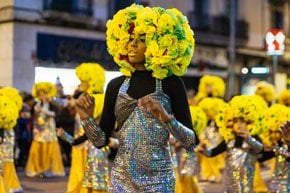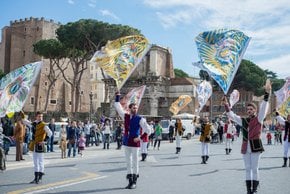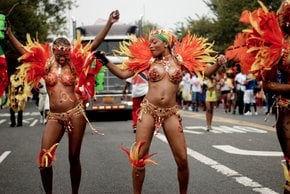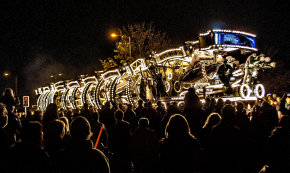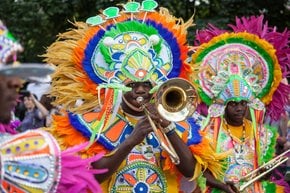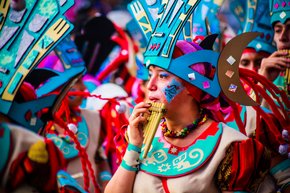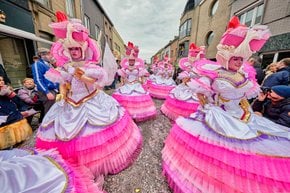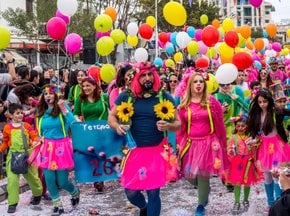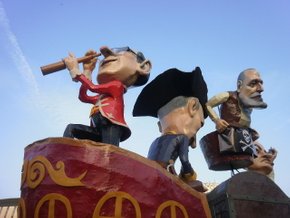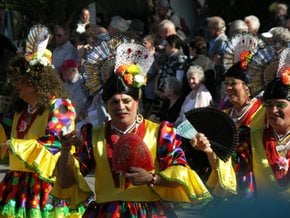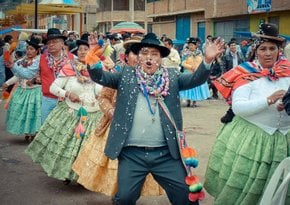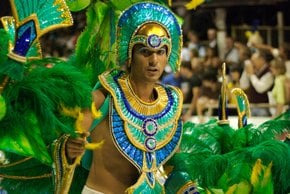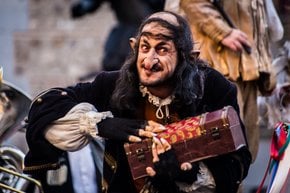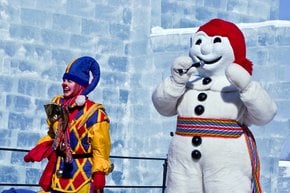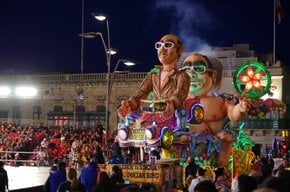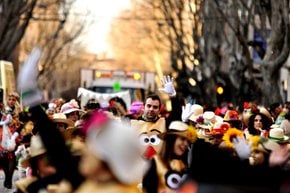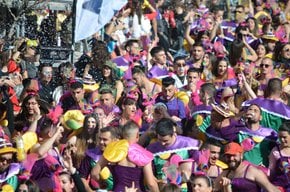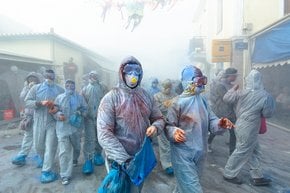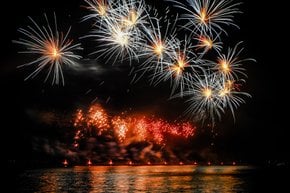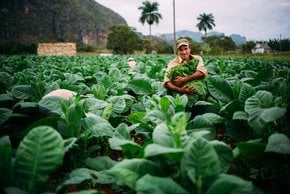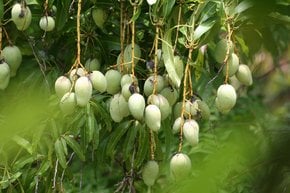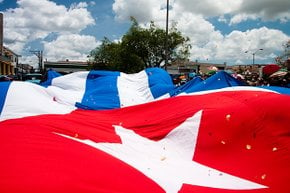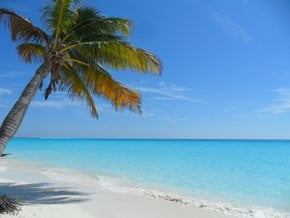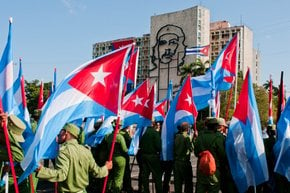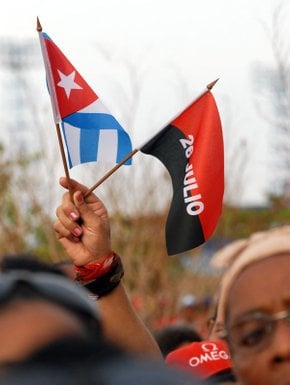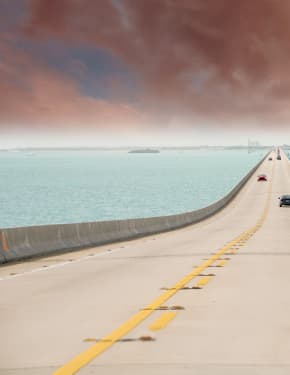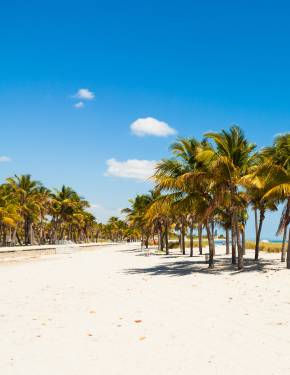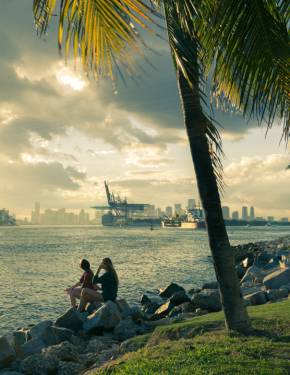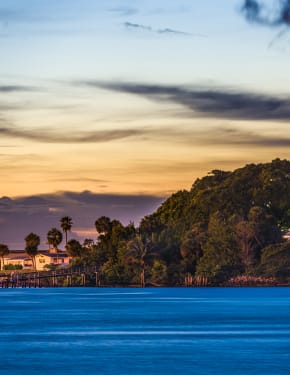Carnival of Santiago de Cuba 2024
Country's most colorful and delightful carnival—the brightest jewel of Cuba's festivals
Dates: July 21–27, 2024
Santiago Mamarrachos is regarded as the largest traditional festival in the exotic city of Santiago, the second biggest after Havana. With its striking costumes, an explosion of color, rousing dance, local music (congas) sounding from all the corners of the city, and the overall cheerful atmosphere, it is often called the Cuban national holiday. The carnival is also an opportunity to release tension through dance and music. For Cubans, this is the perfect time to get together and remember their history and community.
Carnival Traditions
For many, the Carnival is one of the main events of the year, so participants spend an entire year preparing. After all, the participants want their сostumes and embellishing floats to be the brightest and most interesting for the audience. Street performances or parades, which are carefully prepared, are called comparsas in Cuba.
Historically, Santiago is home to several cultures: Chinese, Indigenous, French Haitian, and Spanish. Their emergence has developed a very special atmosphere. In particular, it can be seen in local dances that became known worldwide: Conga, Rumba, and Salsa.
Out of the gate, more conservative elements of society have criticized the carnival in Santiago. They complained about the abuse of alcohol, the noise, and general disorder. However, to dampen the desires for revolt and uprising against the authorities, the government decided to let these kinds of celebrations take place. So, even if just for a few days, people can get a form of distraction, entertainment, and a sense of freedom.
Why is carnival in Santiago De Cuba celebrated: Festival History
The Carnaval of Santiago de Cuba is usually held at the end of July. This carnival is a continuation of the tradition of summer festivals, which used to be called Mamarrachos. These festivals took place on St. John's Day, St. Peter's Day, St. Christine's Day, St. James the Apostle's Day, and St. Anne's Day, but had little to do with religion. On these public holidays, people just had fun on the streets and spent time together. Entertainment included horse racing, traditional foods, a parade of animal-drawn carriages, masked balls, a massive montompolo parade, and much more.
Free of commercialization, the Santiago Carnival is truly an opportunity to celebrate this nation’s unique culture in a riot of color, drumming, and rhythms. The festival is one of the best-loved celebrations across the island, which is internationally renowned to be great fun

